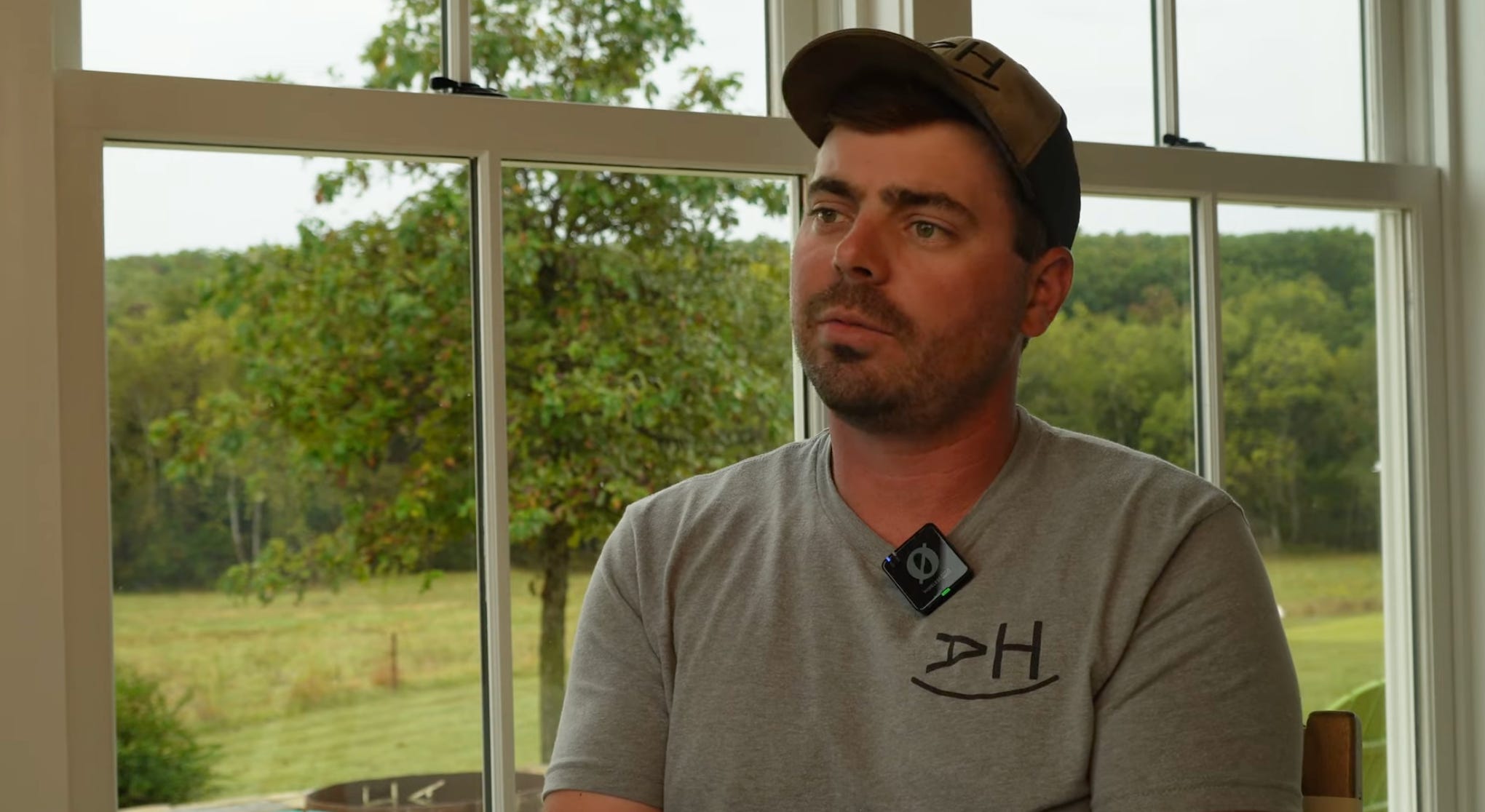Why Most Farmers Don’t Make It Full-Time
A hard conversation about burnout, balance, and the price of doing it right.

I sat down with August Horstmann of Horstmann Cattle Company in Missouri — a guy who’s been farming since before he even knew what that word really meant. He was three when his grandpa gave him a calf for his birthday, and he’s been hooked ever since.
But what struck me most about August wasn’t the nostalgia. It was the honesty.
He didn’t sugarcoat what it takes to make a living as a farmer today. He’s lived it (from college to cattle, from government jobs to 4 a.m. chores) and he’s still standing. But just barely.
This wasn’t the story of a man who “made it.” It was the story of a man who refused to quit.
The Myth of the “Full-Time Farmer”
When we think of farmers, we imagine someone working their land sunup to sundown — free, independent, and self-sustaining. But August laughed when I mentioned that.
“Eighty-six percent of farmers have off-farm jobs,” he told me. “And for most of us, that’s the only way the bills get paid.”
He wasn’t exaggerating. For years, he juggled three full-time roles — selling tractor parts, working for soil and water conservation, and managing another ranch — all while trying to build Horstmann Cattle Co. on the weekends.
I asked him how he didn’t burn out.
He said he did (burnout).
But what kept him going was the same thing that keeps most real farmers going: love. Not for money, not for attention, but for the work — for the cows, the soil, the rhythm of it all.
He told me something that stuck:
“You’ve got to love cows more than you hate the hard days.”
That’s the quiet truth of regenerative agriculture. It’s not glamorous. It’s grace through grit.
When “More” Isn’t Better
Like many who come out of ag school, August was taught to chase numbers.
More pounds. More inputs. More yield.
It’s the same script that’s killing American agriculture — feed the system, not the soil.
But reality hit hard. The math didn’t work. The feed bills outweighed the beef sales. And the land wasn’t getting healthier… it was getting tired.
He started experimenting with adaptive grazing and low-input systems, inspired by people like Gabe Brown, Ray Archuleta, and Greg Judy. He began observing instead of forcing, responding instead of prescribing.
That shift didn’t just change his land. It changed his mind.
He said:
“Nature doesn’t run on prescriptions. It runs on weather, chaos, and adaptation.”
That line sums up regenerative agriculture perfectly. It’s not a formula. It’s a relationship.
Death by Diversity
At one point, August was raising beef, pork, chicken, eggs, and lamb — all at once. It sounded like a dream: stacked enterprises, multiple income streams, closed loops.
But it was killing him.
He called it “death by diversity.”
Every species had its own needs, schedules, and chaos. The dream of “multi-species farming” became a treadmill of chores. He was too busy surviving the day to plan for the year.
Eventually, he started cutting back — simplifying, focusing, and letting go of the romantic idea that more animals = more regeneration.
It’s a message every aspiring farmer needs to hear: you can’t regenerate the land if you’re too burnt out to observe it.
Making the Math Work
When August broke down his numbers, I was floored.
Just to produce one pound of ground beef costs him around $8.50 before shipping. That’s before marketing, taxes, and payroll.
So when consumers see $12/lb regenerative beef, they assume farmers are cashing in. In reality, they’re often breaking even.
He explained why:
“We hit the ceiling on what the average consumer can pay. But we can’t hit pause on our costs.”
The Horstmann model now runs two separate LLCs (one for livestock, one for the meat business) to keep the books honest. It’s not glamorous, but it’s what real transparency looks like.
And despite everything, he still smiles when he talks about his cows. He loves watching them graze through cool-season fescue, then warm-season bluestem, all orchestrated through observation and rest.
Eight years into regenerative grazing, he’s had green, living plants nearly year-round — without chemical fertilizer.
That’s not just sustainability. That’s sovereignty.
The Hard Years So the Next Generation Doesn’t Have To
Toward the end of our talk, I asked him how he thinks about legacy.
He paused. Looked out at the pasture.
“We’re taking the hard years now so the next generation doesn’t have to.”
That’s the quiet revolution happening in rural America. Farmers like August aren’t chasing subsidies or scale — they’re building systems that can survive without them.
He calls it “observation science.” I call it reclaiming wisdom.
It’s the long game — rebuilding fertility, trust, and freedom one paddock at a time.
Because the real measure of success isn’t how much a farm produces.
It’s how long it lasts.
Thanks for reading, Viva La Regenaissance!
-Ryan Griggs, Regenaissance Founder

